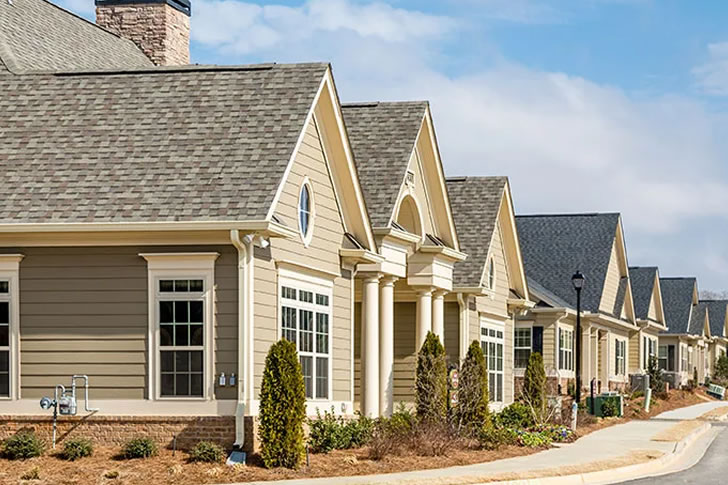How to Get Cheap Housing for Seniors
In recent years, the issue of affordable housing has become a critical concern across the United States, and seniors are among those most significantly affected. With fixed incomes and limited options, many elderly individuals find themselves struggling to find safe, comfortable, and affordable housing. Thankfully, various programs and developments are now offering solutions to help alleviate these concerns, providing seniors with a variety of options suited to their unique needs.

Understanding the Demand and Need for Senior Affordable Housing
According to the Department of Housing and Urban Development (HUD), individuals aged 62 and older are eligible for senior housing benefits. The growing number of seniors seeking affordable housing is staggering; projections show that by 2035, one in three households will be headed by someone aged 65 or older. This demographic shift highlights the escalating need for affordable senior housing. Moreover, a recent study by the Harvard Joint Center for Housing Studies pointed out that nearly half of senior households face financial burdens, with housing costs consuming more than 30% of their monthly income.
Types of Affordable Housing Options for Seniors
Several types of housing solutions are designed to cater to the financial capabilities and care needs of seniors. The most common include:
1. Public Housing: Funded by HUD, this is available to low-income families, the elderly, and people with disabilities. Rent is typically set at 30% of the tenant’s monthly income, making it a viable option for many seniors.
2. Section 202 Supportive Housing for the Elderly: Specifically for seniors, these developments receive subsidies from HUD to lower the rents. They also offer supportive services like cleaning, cooking, and transportation.
3. Affordable Senior Apartments: These are reduced-rent apartments designed exclusively for seniors, often including amenities like community rooms, workout facilities, and regular social activities.
4. Shared Housing: This option involves several unrelated people living together. Each person has a private bedroom, but shares common spaces. This is not only cost-effective but also reduces isolation among elderly residents.
Recent Openings and Availability
Recognizing the urgency of the need for accessible housing, multiple non-profit organizations and governmental agencies have recently developed new affordable housing projects targeted specifically at seniors. For instance, in Florida, a new community called “Silver Living” was opened last month, featuring 100 units designed for seniors earning 60% or less of the area median income (AMI). Similarly, in California, a project known as “Golden Years Village” has begun accepting applications for its 120 units, which are priced 30-50% under market rates to accommodate low-income seniors.
Eligibility and Application Process
To be considered for most senior affordable housing options, individuals must typically meet certain age and income criteria. For example, HUD’s public housing requires applicants to be at least 62 years old and earn less than 50% of the median income in their area. Applications for these housing options are usually available through local public housing agencies (PHAs). Documentation required generally includes proof of age, income verification, and a background check.
Investing in Future Solutions
Despite existing measures, the demand for senior affordable housing still far exceeds supply. Many experts argue that significant investment is needed to expand the availability of affordable options. Governments, private companies, and philanthropic organizations are increasingly recognizing this need and are investing in innovative housing solutions. These include modular homes, co-housing initiatives, and new technologies to make homes more accessible for seniors living with disabilities.
Tips for Seniors Searching for Affordable Housing
Navigating the myriad options can be daunting. Seniors are encouraged to:
1. Assess their needs and finances carefully to determine what type of housing makes the most sense.
2. Visit local PHAs to inquire about available housing options and eligibility requirements.
3. Apply for multiple housing units to increase the likelihood of securing a place, keeping in mind that there may be waiting lists.
4. Consider the location and proximity to essential services like healthcare facilities, public transportation, and social centers.
The landscape of affordable housing for seniors is continually evolving with the aging population. By understanding the diverse offerings and staying informed on new developments, seniors can find housing solutions that not only meet their financial needs but also provide a community and support network conducive to a healthy and fulfilling lifestyle.
Ultimately, as society continues to age, the provision of adequate and accessible housing for seniors will remain a pressing issue. It’s imperative that this is matched by a committed effort from all sectors to ensure that every senior has the opportunity to live comfortably and with dignity.







Recent Comments